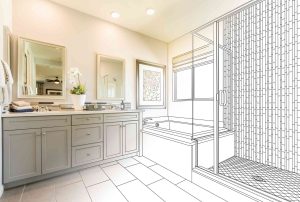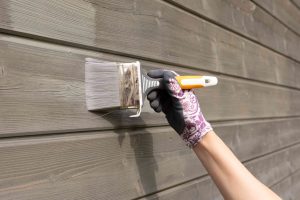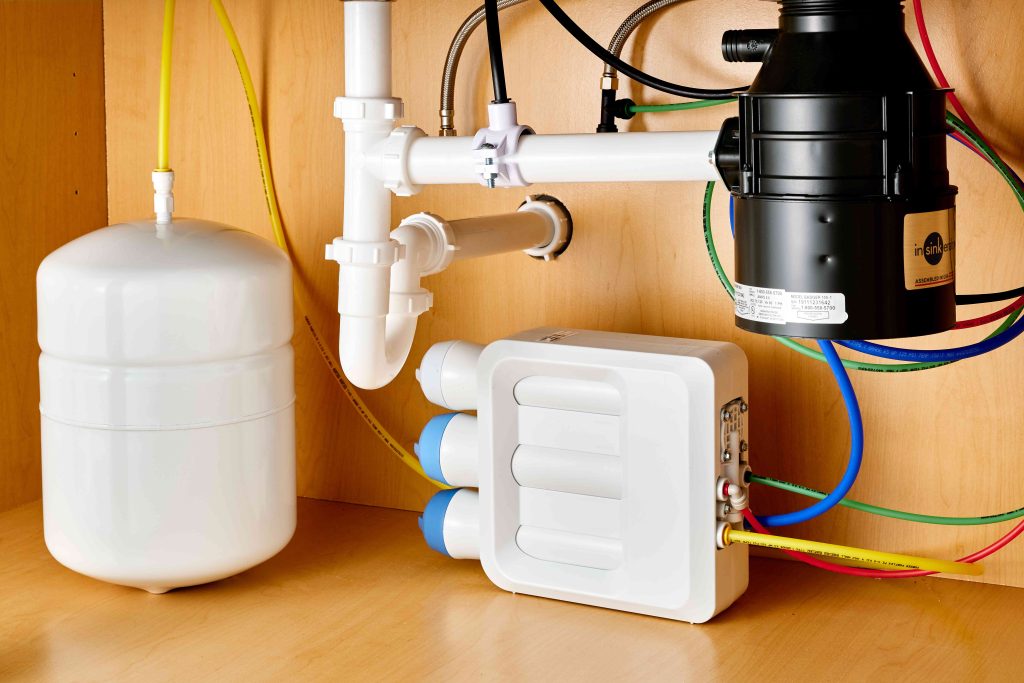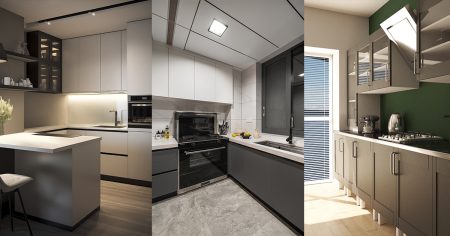Of the various ways you can filter a home’s drinking water, a reverse osmosis system offers one of the better solutions. In this system, a semipermeable membrane removes ions, molecules, and larger particles from drinking water. Reverse osmosis offers several advantages over different types of filtration since it offers four or five different stages of filtration and removes most harmful contaminants—even heavy metals such as lead. There are very few parts to a reverse osmosis system, making it very easy to clean and maintain. And it is fully approved by the EPA.
When compared to the other point-of-use filtration systems, reverse osmosis tends to be more effective than simpler carbon black (charcoal) filtration systems, and considerably less expensive than ultraviolet disinfectant systems, which are the very best at killing pathogens. Where water supplies are adequately treated with chlorine, a reverse osmosis system can be the best choice–although they are very inefficient, using up to three gallons of water to produce a single filtered gallon, according to Food & Water Watch.
Installing a Reverse Osmosis Filter
While there are reverse osmosis systems that can be installed to treat all the water in the home, it is more typical for an under-counter unit to be installed beneath the kitchen sink where most of the water used for drinking and cooking is provided. The unit includes four or five separate filtration canisters, each of which filters a different group of contaminants, plus a storage tank that holds the purified water. A countertop spigot, separate from the house faucet, delivers the purified water when needed.
Although the physics of how reverse osmosis filtration works are complicated, installation is fairly straightforward, requiring only basic plumbing skills.
What You’ll Need
Equipment / Tools
- Tape measure
- Screwdrivers
- Level
- Adjustable wrench
- Hacksaw
- Channel-lock pliers
Materials
- Reverse osmosis filter kit for under-sink installation
- Adapter tee (if needed)
- Plumber’s pipe-seal tape
Instructions
-
Plan the Installation
Before purchasing a reverse osmosis (RO) system, make sure there is enough space under the kitchen sink for the tank and filters. Take measurements of the available space—in a sink space filled with a garbage disposer or other items, an RO unit with its tank and multiple filters may be hard to fit.
Also, make sure you have an idea of what cold water source can be used. Most units come with a tee connection that taps into the 1/2-inch cold water supply line going to the faucet. Other RO units use a 3/8-inch flex line that comes down from the faucet. In this case, an adapter tee above the shut-off valve can be used to provide a source of water for the filter system.
-
Prepare the RO System
Unbox the storage tank and filter components and double-check to make sure that they will fit under the kitchen sink in the desired locations. Test fitting all the components can let you know if adjustments to the drain pipes or water supply pipes will be necessary. If so, this work may require assistance from a plumber.
Most reverse osmosis systems go under the kitchen sink but they can also be installed in a remote location such as a garage or utility room, then be run up to the sink location. The filter system needs to be installed on the cold water line past the water softener if your home is equipped with one. Remote installation does not take up any room under the sink, but it does require more work to install. You may also need to buy additional tubing to connect the components.
-
Install the Sink Spigot
Install the filter’s sink-top spigot first so you can get the lines down under the countertop before it gets too crowded beneath the sink. Mount the RO spigot to the kitchen sink deck or countertop with the hardware provided. Many sinks will have an existing knock-out opening that can be used for the spigot. Sometimes the knockout intended for a sink sprayer can be used for the filter’s spigot. In the worst-case scenario, you can bore a new hole in the sink deck or countertop to hold the filter’s spigot.
Feed the water line down through the opening and connect the air gap (red tube) into the faucet before locking the spigot down onto the housing.
-
Prepare and Position the Tank
Before putting the RO tank into position under the sink, install the tank connector. Apply plumber’s pipe seal tape onto the threads of the tank nipple, then screw the spigot connector onto the tank, making sure to avoid cross-threading. The connector only needs to be hand tight and should thread on easily.
Now, position the tank in place under the sink. Where feasible, position it directly below the sink-top spigot.
-
Mount the Filter Assembly
Remove the filter assembly cover and mark the locations for the hanger washers on the wall below the sink, using a level to ensure that the unit is straight. This assembly needs to be a minimum of 15 1/2 inches from the floor to allow enough room to remove the filters for maintenance.
Screw the hanger washers onto the wall at the marked location, then set the assembly on the washers.
-
Attach the Water Line
The green 1/4-inch water line from the filter assembly now must be connected to the water supply line. Start by turning off the water supply.
How you make this first tubing connection can vary depending on your situation. Most filters come with a 1/2-inch adapter that will work fine if the sink faucet uses a 1/2-inch flex line. If the sink faucet uses flex tubes of a different size, however, you’ll need to use an adapter tee to make the transition to the water supply tube running to the filter unit. The green supply tube is connected to the adapter tee with a nut, ferrule, and insert.
-
Connect the Other Tubing
Tubing configurations will vary depending on the manufacturer, but typically they consist of a tube running from the water supply to the first canister on the filter unit (the prefilter), another tube from the last canister filter (the RO canister) to the sink drain, and yet another tube to the storage tank. Finally, there is a tube running from the storage tank to the spigot on the countertop. In some 5-stage systems, the storage tank water also goes through a “polishing” filter on its way to the sink-top spigot.
However, the tubing configurations can vary quite a lot, so always consult the manufacturer’s instructions on the proper tubing connections.
When connecting the tubing, use the extra length of the tubing to your advantage and run it to the back of the cabinets or wherever necessary to allow for the cleanest installation. If possible, leave extra tubing in case the system needs to be moved at a later date. If you prefer, the tubing can also be trimmed to size for a more clean, uncluttered look.
For this particular reverse osmosis system, the yellow tubing runs to the storage tank, the blue tubing inserts into the RO assembly, and the black tube fits into the drain adapter. Before connecting the yellow tubing, follow the manufacturer’s instructions about sanitizing the system.
-
Connect the Drain
For a whirlpool reverse osmosis system, a drain tee is included. Position the filter’s tee fitting up against the existing drain pipe, then mark and cut the pipe, using a hacksaw. When making the cuts, make sure that the tee will fit tightly.
Connect the filter’s drain tee fitting onto the drain pipe using the provided slip washers and nuts—the connections are made in the same way that a drain trap is assembled.
Push the filter’s black drain tube into the adapter tee.
-
Perform a Pressure Test
Turn the water supply on and open the cold water on the sink to get any extra air out of the pipes. The pressure will start to build up in the system; you will have to wait for about two hours to get full pressure. Once the system is pressurized, check all of the fittings and tighten any that are loose or leaking.
Before using the water for drinking, drain the system by leaving the spigot on and allowing it to empty out and purge completely for 24 hours. The water will be a slow trickle after the tank is empty. Leave it on for a full 24 hours, and continue to test for leaks during this time.
Read the full article here














